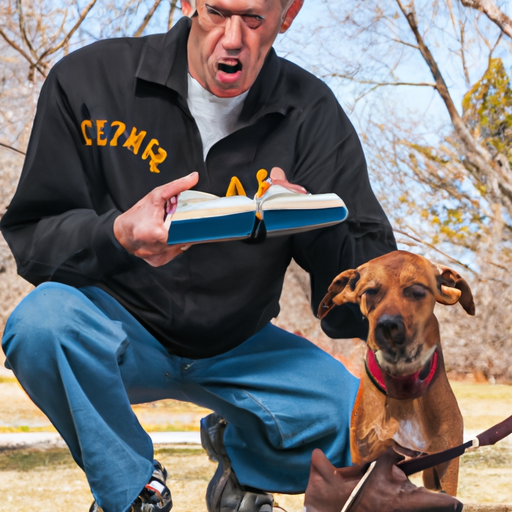As a caregiver, you undoubtedly adore your furry friend. Yet, there are moments when their behavior tests your patience and unconditional love. Misbehaviors like chewing on furniture or barking incessantly can be frustrating, but it’s essential to remember that punishing your dog isn’t always the most effective way to correct these behaviors. Instead, think of it as disciplining or teaching them to behave better. Here’s a guide to help you navigate this challenging task.
1. Understanding Why Dogs Misbehave
Before we delve into the methods of dog discipline, it’s crucial to understand why dogs misbehave. Dogs don’t act out because they’re ‘bad,’ but often because they’re bored, stressed, anxious, or lack proper training.
- Boredom: Dogs need mental and physical stimulation. If they don’t get it, they may resort to destructive behavior.
- Stress and Anxiety: Changes in routine, environment, or the addition of new family members (including pets) can stress your dog out.
- Lack of Training: Dogs aren’t born understanding human rules. It’s our responsibility to teach them.
2. The Importance of Immediate Feedback
When disciplining your dog, timing is everything. Dogs live in the moment, so you need to correct or reward behaviors immediately. If you scold your dog hours after they’ve done something wrong, they won’t understand why they’re being punished.
3. Positive Reinforcement
Positive reinforcement is the most effective technique for teaching your dog good behavior. It means rewarding the behaviors you like and ignoring the ones you don’t.
Here’s how to do it:
- Identify the behavior you want to encourage.
- Reward the behavior immediately when it occurs.
- Use a consistent reward like treats, praise, or petting.
| Reward | When to Use |
|---|---|
| Treats | During training sessions |
| Praise | Anytime your dog behaves well |
| Petting | When your dog is calm and relaxed |
4. Redirection
If your dog is engaged in an undesirable behavior, redirect them to a positive activity. For example, if your dog is chewing on a shoe, redirect them to a chew toy instead.
5. Time-Outs
Just like children, dogs can benefit from time-outs. If your dog is over-excited or behaving badly, calmly remove them from the situation and give them time to calm down.
6. Avoid Physical Punishment
Physical punishment is not only cruel, but it’s also ineffective. It can lead to fear, aggression, and a breakdown in the trust between you and your dog.
7. Consistency is Key
Consistency is the key to successful dog discipline. Make sure everyone in the household is on the same page about rules and the correct way to enforce them.
8. Seeking Professional Help
If your dog’s behavior is causing significant problems or stress, it may be time to seek professional help. A professional dog trainer or animal behaviorist can provide invaluable guidance and assistance.
FAQs
1. What’s the best way to discipline a puppy?
Puppies respond well to positive reinforcement. Reward good behaviors with treats or praise and ignore or redirect bad behaviors.
2. How can I discipline my dog without hurting it?
Use techniques like positive reinforcement, redirection, and time-outs. Avoid physical punishment—it’s harmful and ineffective.
3. My dog keeps repeating the same bad behavior, what should I do?
Consistency is key. Continue using positive reinforcement and redirection. If the behavior persists, consider seeking professional help.
Remember, as a caregiver, your goal isn’t to punish your dog but to guide them towards better behavior. Patience, consistency, and a whole lot of love will go a long way in making this task easier.



